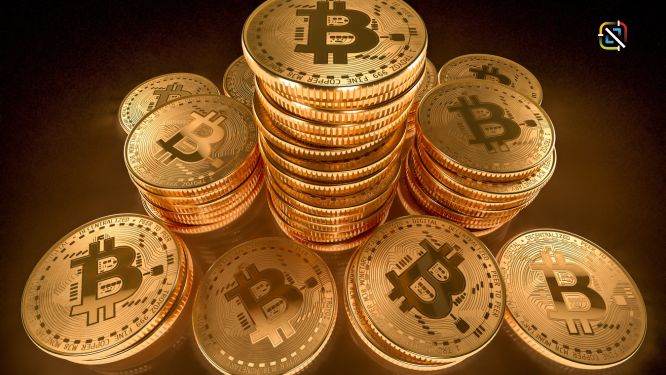
As the BRICS nations—Brazil, Russia, India, China, and South Africa—seek alternatives to the US dollar for international trade, India is exploring the use of cryptocurrency as a potential solution. This move comes as part of a broader strategy to establish a more diversified and resilient global financial system, reducing dependency on the dollar.
India’s First Step: Crude Oil Transaction with UAE
India has already taken a significant step towards integrating cryptocurrency into its trade practices. The country recently completed its first crude oil transaction with the United Arab Emirates (UAE) using local currencies, marking a historic shift in how it conducts international trade. This transaction was integrated within the XRP Ledger System CryptoTradingFund (CTF), demonstrating India’s commitment to exploring and adopting digital assets for trade. This move signals a significant shift in India’s approach to international trade and its openness to leveraging blockchain technology and cryptocurrency for economic transactions.
Russia’s Crypto Legalization and Its Impact on BRICS
Russia’s decision to legalize crypto payments has sparked considerable interest in how these digital currencies could be integrated into the BRICS economic alliance. As the bloc continues to develop its own payment system, digital assets are poised to play a crucial role in challenging the dominance of the US dollar. For India, embracing cryptocurrency could be a strategic move to stay ahead in the rapidly evolving global financial landscape.
RBI Governor Advocates for Cross-Border Payment Efficiency
The Reserve Bank of India (RBI) is at the forefront of this transition, with Governor Shaktikanta Das advocating for a plug-and-play system to enhance cross-border payment efficiency and ensure CBDC (Central Bank Digital Currency) interoperability. During a recent conference, Governor Das emphasized that maximum efficiency in cross-border transactions could be achieved through a system that allows for seamless integration of various payment systems while maintaining the sovereignty of individual countries.
“We can overcome this challenge by developing a plug-and-play system that allows replicability while also maintaining the sovereignty of respective countries,” Das stated. This approach would not only enhance the efficiency of international payments but also ensure that countries maintain control over their monetary systems.
Interoperability: A Key to Future BRICS Payments
Interoperability is a critical component of the RBI’s vision for the future of BRICS payments. The goal is to create a system where legacy payment infrastructures can connect with one another and with emerging CBDC systems. This would allow countries like India and China to link their digital currencies, paving the way for a more integrated and efficient BRICS payment system.
BRICS Announces Strategic Expansion: New Member Country to Join the Coalition Soon
The potential for cryptocurrency and CBDCs to facilitate trade within the BRICS bloc has been a topic of ongoing discussion. China, for instance, is actively developing a CBDC system that could complement the BRICS initiative to reduce reliance on the US dollar. Additionally, the incoming BRICS payment system may incorporate blockchain technology, further enabling the adoption of digital currencies within the alliance.
The Future of BRICS and Cryptocurrency
As the BRICS nations continue to explore alternatives to the US dollar, the role of cryptocurrency and blockchain technology is becoming increasingly prominent. India’s exploration of cryptocurrency for trade is a clear indication that digital assets could play a significant role in the future of international trade within the BRICS bloc.
The introduction of a BRICS-wide payment system that incorporates blockchain technology could revolutionize how these nations conduct business with one another. By embracing digital currencies, BRICS could not only enhance the efficiency and security of cross-border transactions but also reduce their reliance on the US dollar, thereby shifting the balance of economic power on the global stage.
India’s move towards using cryptocurrency for trade, coupled with the broader BRICS initiative, represents a significant step forward in the global shift towards digital finance. As these developments unfold, the world will be watching closely to see how cryptocurrency and blockchain technology reshape the future of international trade and finance.
Read More: Former Russian PM: BRICS Not Ready for Common Currency























